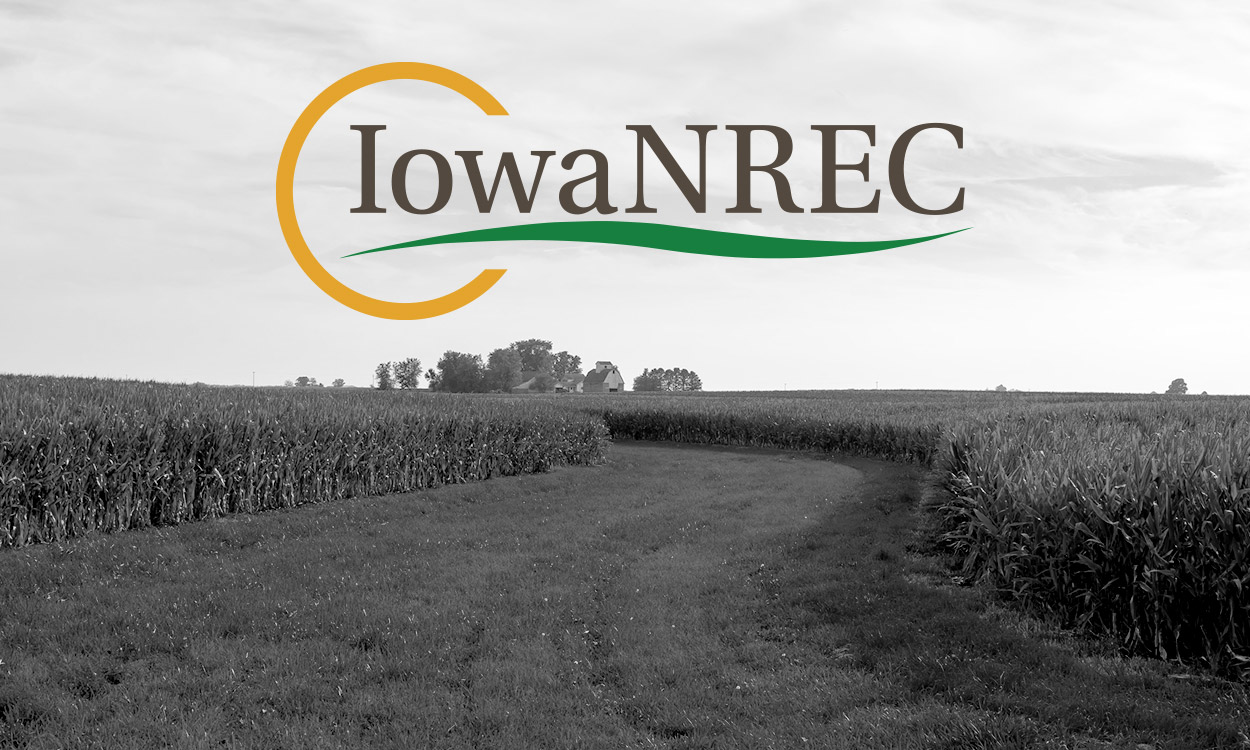Des Moines, Iowa | January 18, 2024 – The Iowa Nutrient Research & Education Council (INREC) has completed its sixth year of surveys for measuring progress for the Iowa Nutrient Reduction Strategy.
The survey is a collaboration with agronomy retailers and Iowa State University. The progress measurement system utilizes a first-of-its-kind approach using ag retailer sales data and field records to track progress made by Iowa farmers with adoption of in-field conservation practices such as cover crops, nutrient management, and reduced tillage. The survey is part of the Iowa Nutrient Reduction Strategy Measurement Project which measures multiple indicators of change.
Cover crop adoption has increased dramatically from 1.6 million acres in 2017 to 3.8 million acres in 2022. Cereal rye is the dominant cover crop species averaging 81.2% of cover crop acres. A variety of nutrient management practices are measured by the survey including timing, rate, source, and placement. Timing of nitrogen applications are led by spring pre-plant with a six-year average of 45% of nitrogen applications. Phosphorus application rates at or below optimum soil test levels have averaged 92.6% of phosphorus applications. No-till leads the three tillage categories with an average of 35.8% of fields utilizing no-till.
“Iowa cover crop planting has skyrocketed from approximately 10,000 acres to a record 3.8 million acres over the first decade of the Iowa Nutrient Reduction Strategy, and that clearly demonstrates that Iowa farmers and landowners are taking on the challenge of improving Iowa’s water quality by accelerating this important conservation work,” said Iowa Secretary of Agriculture Mike Naig. “With the help of ag retailers and other conservation professionals, as well as both public and private sector partners, programs, and incentives, I know our farmers and landowners will continue to push these statewide cover crop numbers ever higher.”
The survey for the 2023 crop year is well underway. Iowa State University’s Center for Survey Statistics & Methodology (CSSM) has randomly selected 150 ag retail locations. INREC survey liaisons will visit the locations and work with local agronomists to randomly select ten customers’ fields and conduct the survey of conservation practices. Ag retailer cooperation is critical to ensure a statistically significant number of surveys are completed. INREC aggregates the survey data to ensure privacy and security. CSSM performs statistical processing resulting in statewide extrapolation of the data.
“INREC greatly appreciates the cooperation of ag retailers to spend time with our survey liaisons to conduct the survey and ensure statistical targets are met,” said Roger Zylstra, farmer and chair of the INREC board of directors.
